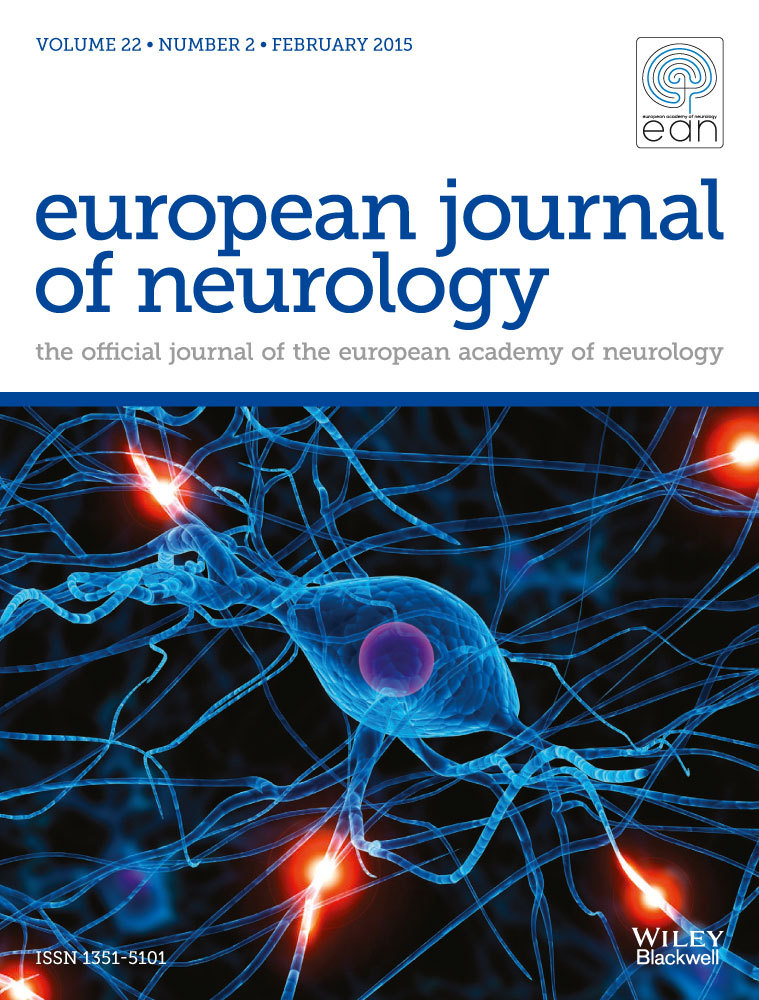Tissue-factor-bearing microparticles (MPs-TF) in patients with acute ischaemic stroke: the influence of stroke treatment on MPs-TF generation
Abstract
Background and purpose
Stroke is an important cause of death and disability throughout the world. Microparticles play a cardinal role in vascular hemostasis. The primary aim of this study was to evaluate the procoagulant activity of microparticles and levels of tissue-factor-bearing microparticles (MPs-TF), tissue factor (TF) and tissue factor pathway inhibitor (TFPI) in patients with acute ischaemic stroke.
Methods
Seventy-three patients with a diagnosis of acute ischaemic stroke were included. Venous blood samples were drawn on the first day and the seventh day after stroke onset. Plasma microparticles, MPs-TF, TF and TFPI were determined by enzyme-linked immunosorbent assay. Assessment variables were timing of blood collection, type of stroke treatment, presence or absence of diabetes mellitus and hypertension, and scores on the National Institutes of Health Stroke Scale together with scores on the modified Rankin Scale.
Results
Whilst MPs-TF and TFPI levels of stroke subjects were significantly higher (median, 1.63 vs. 0.73 pg/ml; median, 114.26 vs. 78.60 ng/ml, respectively), TF levels in the plasma of stroke patients were significantly lower (median, 82.27 vs. 97.80 pg/ml) than those of healthy individuals. Lower levels of TF were detected in patients with severe stroke in comparison with patients with mild stroke. Moreover, the data also showed that in stroke patients not treated with alteplase the activity of microparticles was significantly higher 1 week after diagnosis in comparison with the activity at the time of diagnosis.
Conclusion
Our findings suggest that patients with acute ischaemic stroke have increased generation of MPs-TF. Nevertheless, further studies are needed in order to confirm such inference.




